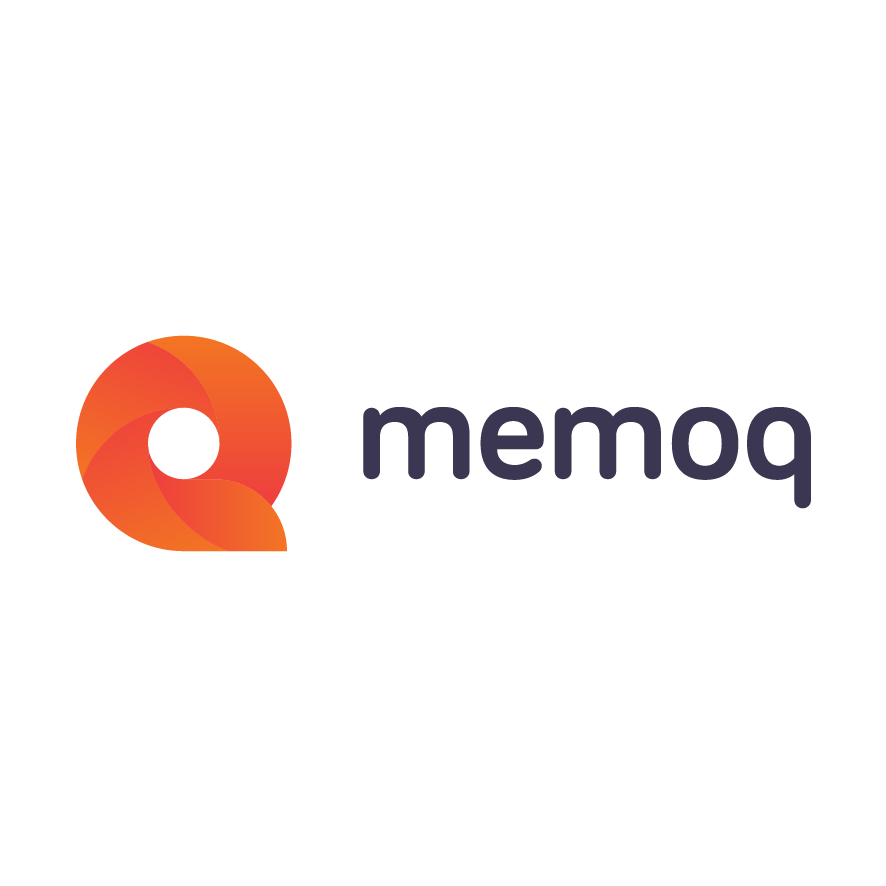In the digital world, content is king and its reign seems to be stronger than ever. Over the last year, content marketing has hit peaked popularity, becoming one of the most sought for marketing strategies for companies all over the world. So much so, that content marketing is expected to become a $300 billion industry by 2019 [1].
With more content being created and shared online, it is natural to see an increase in the demand for content localization. To become a global brand and engage with audiences from all over the world, companies need to invest in localization, as content needs to be presented in the local language of the targeted market.
From our perspective, the growth in the digital content industry will see an expansion in the use of content management and localization systems.
This blog post will go over these following points:
- Why companies create more content
- What type of content companies aim to create
- Why companies need to localize content
- How companies manage content
- How companies localize content created
The purpose of digital content
An average company published more than 2,000 pieces of content last year. The response by readers and viewers to all this content created was huge: there were a total of 75.7 billion interactions.
Today, content creation is not only about raising brand awareness or generating new leads. The role of content creation has evolved, and plays a crucial role in sales success: supporting sales teams has become one of the top priorities for marketers when designing content strategies.
Hyper-Personalized, Super-Engaging Content
The more content the better? That depends on our strategy, the goals we want to achieve. When we think of content created by companies and designed to engage customers, then the answer is no. Quality always matters over quantity. Your customers expect you to know who they are and what they want to hear, and this is why most companies are striving to produce hyper-personalized and super-engaging content.
Content personalization is the most effective means for creating engagement and delivering the 1-to-1 experience that each customer expects.
The intersection between content creation and localization
The same way it happens with the marketing of products and services, content is naturally more engaging when presented in a person’s mother tongue. Studies show that even though English is spreading fast, most people still prefer to read (and purchase goods and services) in their own language.
Because more digital content is produced each day, it is natural that more content is out there waiting to be localized. Companies pursuing international revenues understand that native-language websites and local content strategies for their target consumers are mandatory.
At the same time, marketers at these companies have the responsibility of developing content (usually in English) with a translation and localization horizon in mind. They know the same content will need to be made available for readers in other parts of the world and in other languages. The sooner you include localization in your sales-centric content strategy, the less costly and the more effective it will be.
WordPress in the digital content Industry
If content can’t be managed properly, it certainly can’t be shared or used effectively for sales purposes. To produce and manage content, most companies use content management systems (CMS), a platform that facilitates creating, editing, organizing, and publishing content.
WordPress is by far the most popular CMS with more than 70 million websites worldwide [2], and 59.4% of the market share. To put it into perspective, six new WordPress.com articles are released into the web every second.
We believe that WordPress will continue to enjoy an increasing share of content publishing in the future, and this is one of the reasons why we have decided to integrate memoQ into the WordPress ecosystem.
The memoQ filter for WordPress (WPML)
Since 13 September 2017, you can easily localize any WordPress-based website with memoQ's new WPML XLIFF file filter. The new WPML filter released with memoQ version 8.2 allows easy and robust management for WordPress XLIFF files, enables correct markup, segmentation, and a useful visual preview.
The new filter is the ultimate addition to this thriving bond between content creation and localization: translating your WordPress based website has become easier than ever.
If you are WordPress website administrator, all you need to do is contact a translator using memoQ, deliver the files, and import them back into the system.
Check out this video to see how to localize your website!
References:

memoQ
memoQ is among the world's leading translation management systems. The favorite productivity tool for translation professionals around the globe.




